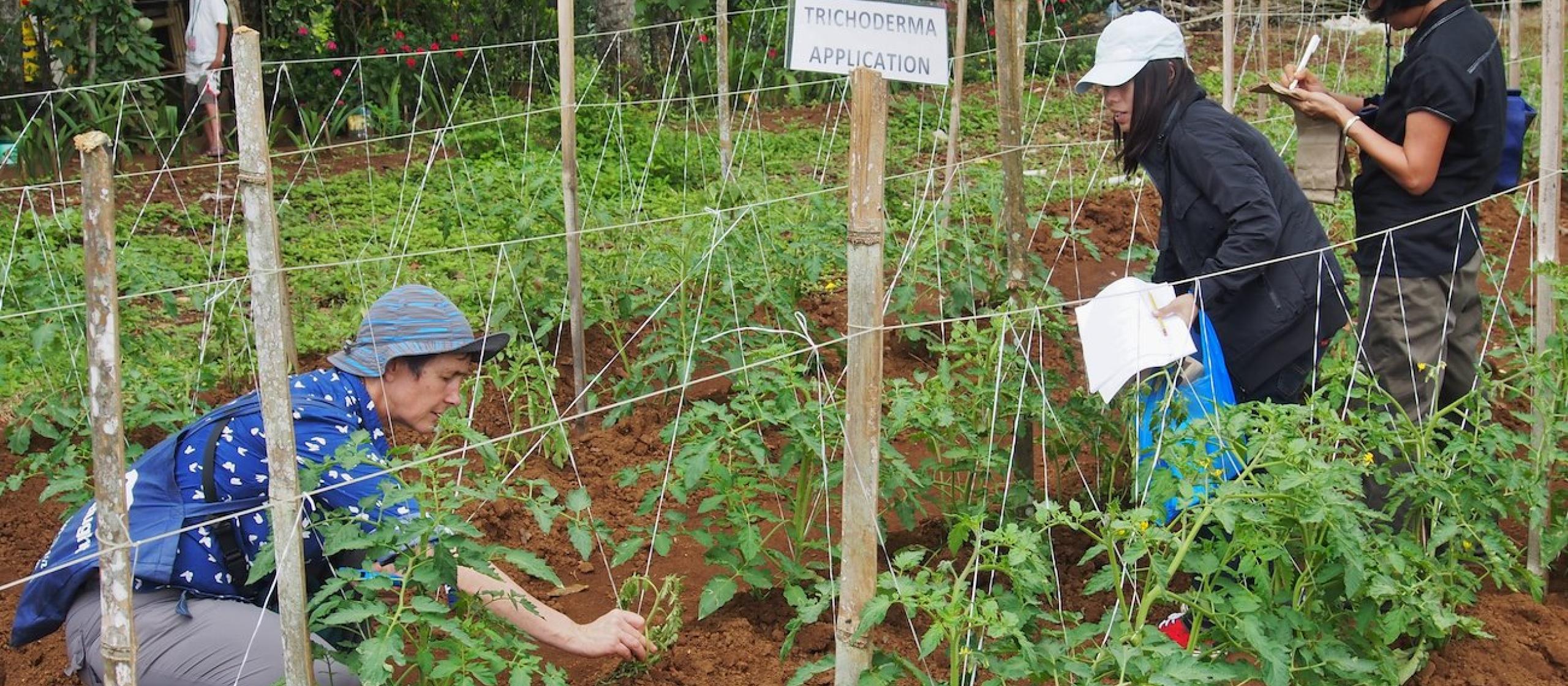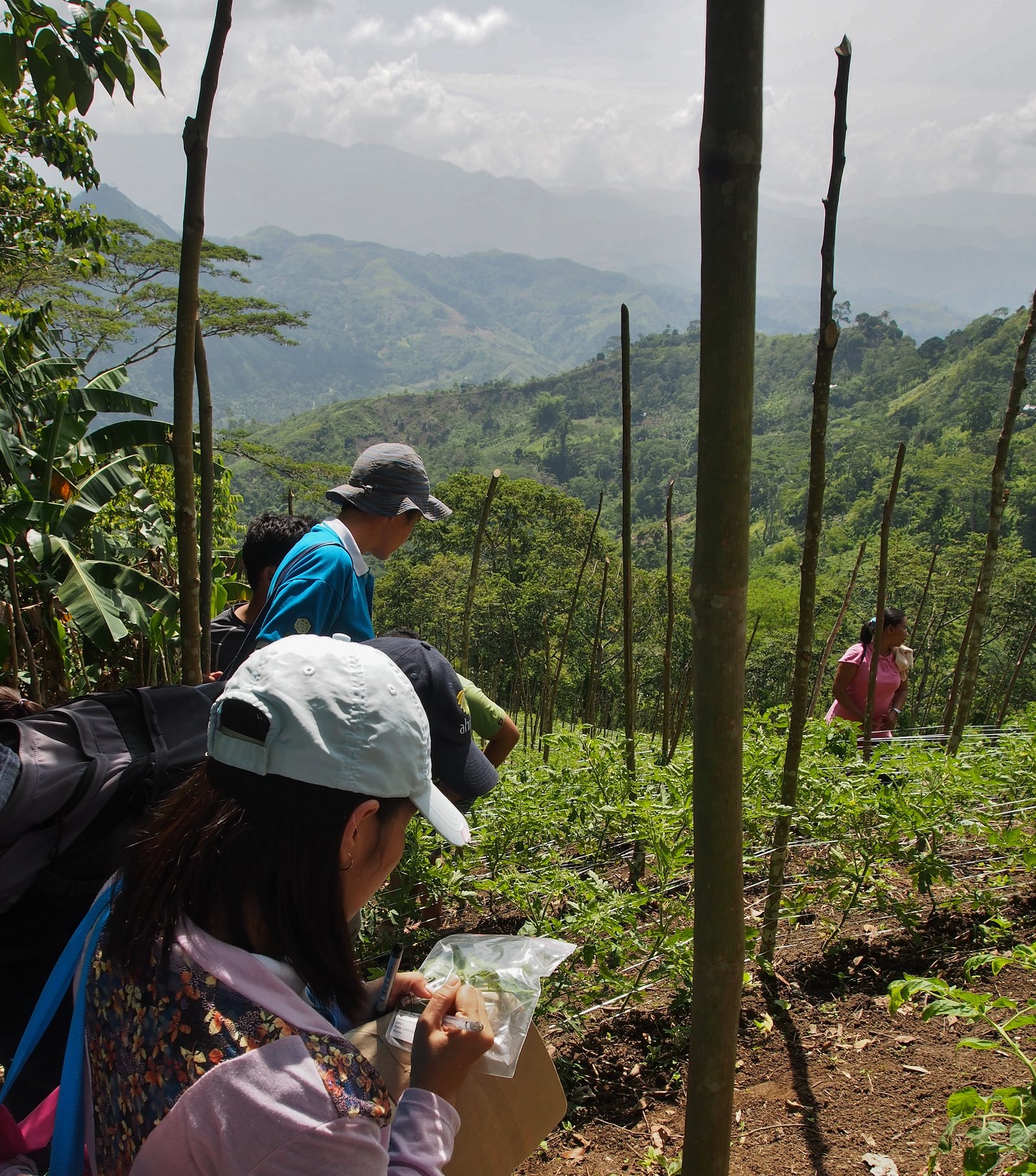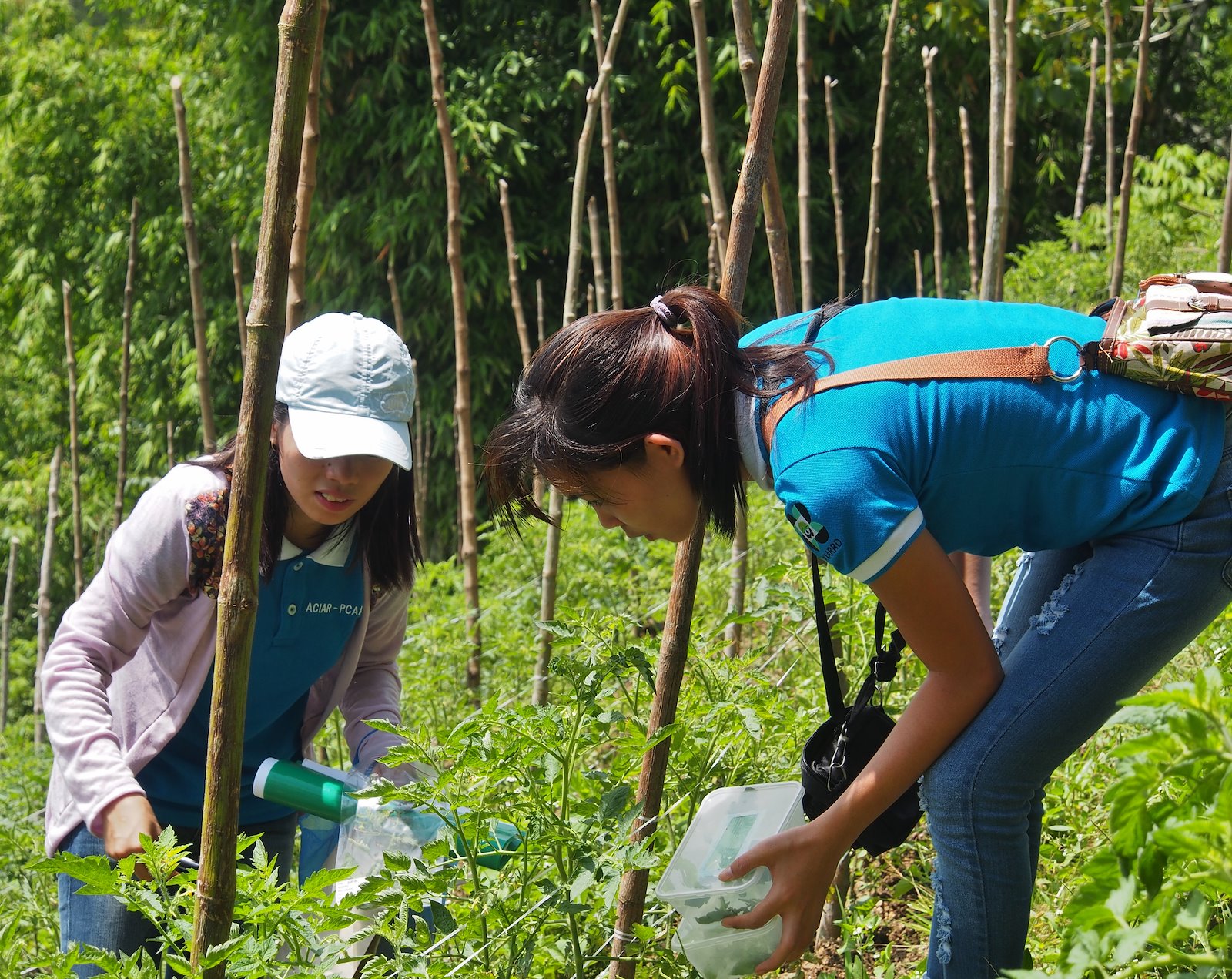- HomeHome
-
About ACIAR
- Our work
- Our people
-
Corporate information
- ACIAR Audit Committee
- Commission for International Agricultural Research
- Policy Advisory Council
- Agency reviews
- Executive remuneration disclosure
- Freedom of information (FOI)
- Gifts and benefits register
- Information publication scheme
- List of new agency files
- Contracts
- Legal services expenditure
- Privacy impact assessment register
- Commonwealth Child Safe Framework
- Benefits to Australia
- Careers
- 40 years of ACIAR
-
What we do
- Programs
- Cross-cutting areas
- Resources
- Where we work
-
Funding
- Research projects
- Fellowships
-
Scholarships
- John Allwright FellowshipScholarships to study in Australia for ACIAR partner country scientists to have Australian postgraduate qualifications
- ACIAR Pacific Agriculture Scholarships and Support and Climate Resilience Program
- Alumni Research Support Facility
- Publications
- News and Outreach
Date released
15 December 2017
Almost all ACIAR horticulture projects in the Asia-Pacific region, including the current ‘crop’ of projects in the Philippines, bring some sort of benefit back to Australia’s own horticulture sector. Most of the time this arises in a general way, through Australian entomologists and plant pathologists working with their counterparts in the Philippines and elsewhere, getting to know and understand the potential threats to horticulture long before they arrive in Australia. Sometimes the benefit to Australia is a planned objective of the work, as in the current project on Panama disease of bananas in the Philippines. Just occasionally, a large and unexpected benefit arises serendipitously from the routine work.
The banana project design called for work in Queensland to focus on the version of Panama disease that affects Lady Finger bananas, caused by Fusarium oxysporum f.sp. cubense (Foc) Race 1, as a ‘model system’.
As well as providing assistance to the relatively small number of Australian producers of this speciality banana, the researchers would gain useful experience of the use of cover crops and other measures being piloted in the southern Philippines to manage the economically much more damaging Foc Tropical Race 4 that attacks Cavendish bananas. This would stand them in good stead if Tropical Race 4 should arrive in Queensland...unfortunately, the scourge arrived much sooner than anyone expected. Yet, thanks largely to the experience gained in the Philippines, the Queensland researchers and banana industry were primed to respond quickly and effectively to the invading disease, confining it so far to a single farm.
Understanding the problem, reducing the risk
The projects on integrated crop management (ICM) of vegetables and mangoes provide several examples of the ‘advance warning’ type of benefit. In working out how to manage an unfamiliar disease in the Philippines, the Australian and Filipino researchers have been asking a range of key questions. What crops and varieties are affected? How much damage does it cause? What is its seasonal incidence? How does it spread—is it carried by insects (and, if so, which ones?); is it carried through the seeds of the crop; does it survive in the soil, in dead plant material, in other weeds or wild plants? The answers to these questions will help researchers and farmers figure out an ‘integrated’ approach to managing the pest or disease—ideally with little or no recourse to pesticides.
The answers to these questions also help Australian biosecurity specialists to assess the risk posed by the presence of these pests and diseases on farms in neighbouring countries and in commodities and seeds imported to Australia. Armed with this knowledge, policymakers and inspectors can focus their attention on the ‘pathways’ that pose the greatest risk (such as commercial imports of fresh fruit from a specific country or region) or modify their surveillance to concentrate on the plant species and plant parts or products that are most likely to carry a specific pest or disease (for instance, when checking passenger baggage at airports). Australia, as an island, has a built-in advantage in addressing biosecurity risks, but making the best use of this advantage depends on knowing ‘what’s out there’.
Fortune favours the melon
In the vegetable ICM project, Dr Len Tesoriero, a plant pathologist from the NSW Department of Primary Industries, also focuses on Fusarium wilt diseases, but in his case the focus is on pathogens of solanaceous crops (such as tomatoes and peppers) and cucurbits (such as cucumbers, melons and bitter gourd—or ampalaya, as it is known in the Philippines). As well as isolating and characterising these pathogens from crops in the Philippines, the team carried out surveys in Australia, confirming Fusarium oxysporum f. sp. melonis as the pathogen responsible for disease in rockmelons in NSW. On the other hand, surveys of Asian melons across the major production regions in Australia found no sign of vascular wilt disease.
In the course of their surveys, however, the project team detected something quite unexpected—and potentially destructive to the Australian melon industry: Cucumber green mottle mosaic virus. The disease had never been detected in Australia before and the nearest known occurrence of the disease was far away, in the northern hemisphere. The discovery, on a farm in the Northern Territory of Australia, caused consternation and affected melon crops had to be destroyed. Though hard on the growers concerned, this resolute action was necessary to prevent the spread of the disease—and much greater losses—across the industry.
The researchers came to the conclusion that this seed-borne virus must have come into Australia with supplies of seed from overseas, which had not been tested for this pathogen. Its discovery led to a change in procedures, protecting against this risk to Australian horticulture in the future. Perhaps equally important to the future of this industry in Australia, the melon growers have subsequently agreed to an R&D levy to support future research. This in turn has enabled Horticulture Innovation Australia to support a project to better understand the threat of this potentially highly destructive disease.
It may seem like a long way from the tiny ampalaya plots of the southern Philippines to the broad melon fields of Australia. However, the networks of researchers and exchanges of knowledge supported by ACIAR projects serve to bring benefits to people at both ends of this axis.
Smaller trees, bigger rewards
Mangoes are the national fruit of the Philippines and Filipinos consider the local Carabao variety to be the best mango in the world. Yet most mango trees in the Philippines are well past their prime and mostly left to grow with a minimum of management.
“Our first challenge is to persuade growers that if you prune these old mango trees to reduce their size and open up the canopy, they will give you a whole lot more fruit,” explains Dr Ian Newton, leader of ACIAR’s mango integrated crop management project in the southern Philippines. As he explains it, there are multiple benefits from what the experts call ‘canopy management’: the first and most important is simply to let in more light. This stimulates the mango tree to produce fresh shoots, which then flower and produce more fruit.
If farmers are prepared to try the idea that ‘less can be more’, then it is also easier to apply plant protection measures, such as fungicide and insecticide sprays, improving their effectiveness and reducing wastage. When trees are pruned to a reasonable size, it is also easier to ‘bag’ the fruits to protect them from insect pests and to harvest the fruits without bruising them.
Dr Ana Notarte of the agricultural department of Davao del Norte has been helping growers on Samal Island get organised to export mangoes and offering them hands-on training. “We are giving the small-scale growers season-long training in best-bet practices,” she says. “Once they have seen how these practices improve their returns, they no longer hand their trees over to contractors to look after. They take care of the trees themselves—and reap the benefits.”
In Australia, Queensland’s mango growers have for some time been managing mediumsized trees at medium densities as standard practice in their orchards. Now researchers from Queensland’s Department of Agriculture and Fisheries are pushing forward to try ‘small trees’ at high density. In a trial at Walkamin Research Station, funded by Horticulture Innovation Australia, researchers are testing different planting densities and management regimes to obtain the greatest possible productivity.
Dr Paula Ibell, who also works with Dr Newton on the ACIAR southern Philippines project, points to a series of trees festooned with coloured tags. “Every twig and branch on these trees is measured to provide data on tree architecture. Analysing these data helps us understand how the management regime affects the vegetative growth, flowering and fruiting,” she explains. Early results from the high density plantings are very promising, with the researchers recording yields from threeyear-old trees up to five times higher than in conventional orchards.
As part of the Walkamin trial, the ACIAR project is contributing to the evaluation of a further innovation: growing mangoes on trellises. Trellising has revolutionised the production of some temperate fruits, such as cherries and apples, and now is being tried for the first time on tropical species such as jackfruit, rambutan and cocoa, as well as mango. As Dr Ibell says: “It is still early days for these trials but we are learning how various mango varieties respond to different trellising methods.”
The goal of the research team is to increase yields to as much as 50 tonnes per hectare using high-density trellis technologies. Dr Ian Bally, Queensland’s mango breeder, reckons: “Such productivity gains will underpin exports and transform the reliability and profitability of the Australian mango industry.”
As an added bonus, the trellised trees and high density plantings have withstood the ravages of recent cyclones much better than traditional orchards. Researchers and growers alike will be monitoring the results of the trials closely.





